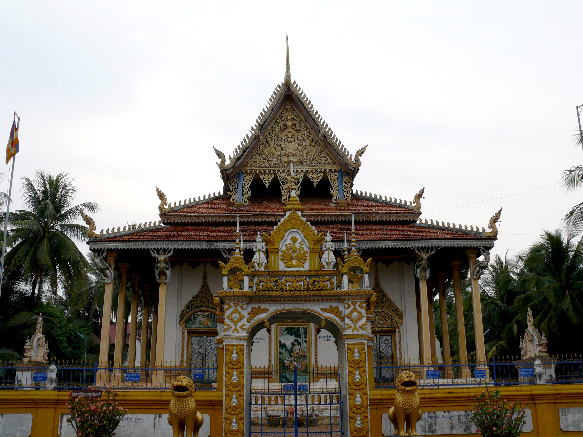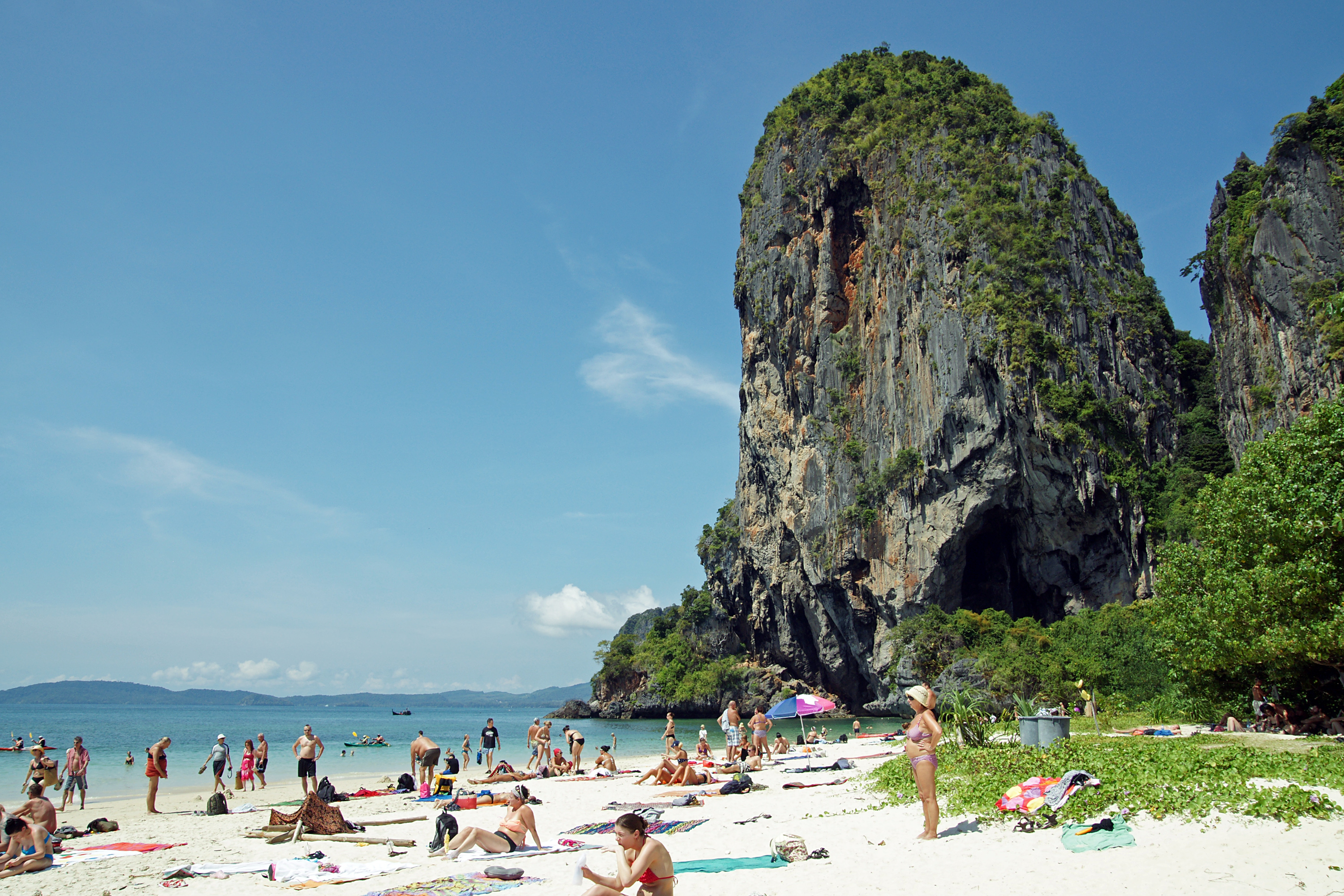|
Kbachkun Dambong-Veng
Kbach kun dambong veng ( km, ក្បាច់គុណដំបងវែង) is the term for a Cambodian martial art based on the long staff. The term "dambong" means "staff" in the Khmer language and the term "veng" means "long". Translated literally it means "the art/martial skill of the long staff." The term is also used in the phrase "land of the lost staff", Battambang. In the town of Battambang there is a big statue of 'Grandfather Dambong' holding the lost staff. It is based on different mae(s) which can be imagined as a Khmer version of kata(s). See also * Bojutsu * Eskrima *Krabi Krabong Krabi ( th, กระบี่, ) is the main town in the province of Krabi (''thesaban mueang'') on the west coast of southern Thailand at the mouth of the Krabi River where it empties in Phang Nga Bay. As of 2020, the town had a population of 3 ... * Silambam External linksTVK documentary [...More Info...] [...Related Items...] OR: [Wikipedia] [Google] [Baidu] |
Cambodia
Cambodia (; also Kampuchea ; km, កម្ពុជា, UNGEGN: ), officially the Kingdom of Cambodia, is a country located in the southern portion of the Indochinese Peninsula in Southeast Asia, spanning an area of , bordered by Thailand to the northwest, Laos to the north, Vietnam to the east, and the Gulf of Thailand to the southwest. The capital and largest city is Phnom Penh. The sovereign state of Cambodia has a population of over 17 million. Buddhism is enshrined in the constitution as the official state religion, and is practised by more than 97% of the population. Cambodia's minority groups include Vietnamese, Chinese, Chams and 30 hill tribes. Cambodia has a tropical monsoon climate of two seasons, and the country is made up of a central floodplain around the Tonlé Sap lake and Mekong Delta, surrounded by mountainous regions. The capital and largest city is Phnom Penh, the political, economic and cultural centre of Cambodia. The kingdom is an elective co ... [...More Info...] [...Related Items...] OR: [Wikipedia] [Google] [Baidu] |
Khmer Language
Khmer (; , ) is an Austroasiatic languages, Austroasiatic language spoken by the Khmer people, and the Official language, official and national language of Cambodia. Khmer has been influenced considerably by Sanskrit and Pāli, Pali, especially in the royal and religious Register (sociolinguistics), registers, through Hinduism and Buddhism. It is also the earliest recorded and earliest written language of the Mon–Khmer family, predating Mon language, Mon and Vietnamese Language, Vietnamese, due to Old Khmer being the language of the historical empires of Chenla, Angkorian Empire, Angkor and, presumably, their earlier predecessor state, Funan. The vast majority of Khmer speakers speak Central Khmer, the dialect of the central plain where the Khmer are most heavily concentrated. Within Cambodia, regional accents exist in remote areas but these are regarded as varieties of Central Khmer. Two exceptions are the speech of the capital, Phnom Penh, and that of the Khmer Khe in Stung ... [...More Info...] [...Related Items...] OR: [Wikipedia] [Google] [Baidu] |
Battambang
Battambang ( km, បាត់ដំបង, UNGEGN: ) is the capital of Battambang Province and the third largest city in Cambodia. Founded in the 11th century by the Khmer Empire, Battambang is the leading rice-producing province of the country. For nearly 100 years it was a major commercial hub and provincial capital of Siamese province of Inner Cambodia (1795-1907), though it was always populated by Khmer, with some ethnic Vietnamese, Lao, Thai and Chinese. Battambang remains the hub of Cambodia's northwest, connecting the region with Phnom Penh and Thailand. The city is situated on the Sangkae River, a tranquil, small body of water that winds its way picturesquely through Battambang Province. As with much of Cambodia, French Colonial architecture is a notable aspect of the city, with some of the best-preserved examples in the country. Now the government and Ministry of Culture and Fine Art are preparing documents to nominate The Old Town of Battambang in the list of UNESC ... [...More Info...] [...Related Items...] OR: [Wikipedia] [Google] [Baidu] |
Kata
''Kata'' is a Japanese word ( 型 or 形) meaning "form". It refers to a detailed choreographed pattern of martial arts movements made to be practised alone. It can also be reviewed within groups and in unison when training. It is practised in Japanese martial arts as a way to memorize and perfect the movements being executed. Korean martial arts with Japanese influence (hapkido, Tang Soo Do) use the derived term ''hyeong'' (hanja: 形) and also the term ''pumsae'' (hanja: 品勢 hangeul: 품새). Kata are also used in many traditional Japanese arts such as theatre forms like kabuki and schools of tea ceremony (''chadō''), but are most commonly known in the martial arts. Kata are used by most Japanese and Okinawan martial arts, such as iaido, judo, kendo, kenpo, and karate. Background Kata originally were teaching and training methods by which successful combat techniques were preserved and passed on. Practising kata allowed a company of persons to engage in a strug ... [...More Info...] [...Related Items...] OR: [Wikipedia] [Google] [Baidu] |
Knee And Staff
In humans and other primates, the knee joins the thigh with the leg and consists of two joints: one between the femur and tibia (tibiofemoral joint), and one between the femur and patella (patellofemoral joint). It is the largest joint in the human body. The knee is a modified hinge joint, which permits flexion and extension as well as slight internal and external rotation. The knee is vulnerable to injury and to the development of osteoarthritis. It is often termed a ''compound joint'' having tibiofemoral and patellofemoral components. (The fibular collateral ligament is often considered with tibiofemoral components.) Structure The knee is a modified hinge joint, a type of synovial joint, which is composed of three functional compartments: the patellofemoral articulation, consisting of the patella, or "kneecap", and the patellar groove on the front of the femur through which it slides; and the medial and lateral tibiofemoral articulations linking the femur, or thigh bo ... [...More Info...] [...Related Items...] OR: [Wikipedia] [Google] [Baidu] |
Eskrima
Arnis, also known as Kali or Eskrima/Escrima, is the national martial art of the Philippines. The three are roughly interchangeable umbrella terms for the traditional martial arts of the Philippines ("Filipino Martial Arts", or FMA), which emphasize martial arts weapons, weapon-based fighting with stick fighting, sticks, knife fighting, knives, bladed weapons, and various improvised weapons, as well as "open hand" techniques without weapons. There have been campaigns for arnis to be nominated in the UNESCO Intangible Cultural Heritage Lists, along with other Philippine martial arts. As of 2018, UNESCO has inscribed nine martial-arts–related intangible heritages. Name Arnis comes from ''arnés'', the Old Spanish for "armour" (''harness'' is an archaic English term from same root). It is said to derive from the armour costumes used in traditional ''Moros y Cristianos, Moro-moro'' stage plays, where actors fought mock battles with wooden swords. ''Arnes'' is also an archaic Spa ... [...More Info...] [...Related Items...] OR: [Wikipedia] [Google] [Baidu] |
Krabi Krabong
Krabi ( th, กระบี่, ) is the main town in the province of Krabi (''thesaban mueang'') on the west coast of southern Thailand at the mouth of the Krabi River where it empties in Phang Nga Bay. As of 2020, the town had a population of 32,644. The town is the capital of Krabi Province and the 10 Krabi city sub-districts. Tourism is an important industry. Krabi is south of Bangkok by road. History At the start of the Rattanakosin period in the late eighteenth century, when the capital was finally settled at Bangkok, an elephant kraal was established in Krabi by order of Chao Phraya Nakhon (Noi), the governor of Nakhon Si Thammarat, which was by then a part of the Thai Kingdom. He sent his vizier, the Phra Palad, to oversee this task, which was to ensure a regular supply of elephants for the larger town. So many followers immigrated in the steps of the Phra Palad that soon Krabi had a large community in three different boroughs: Pakasai, Khlong Pon, and Pak Lao. In 18 ... [...More Info...] [...Related Items...] OR: [Wikipedia] [Google] [Baidu] |
Silambam
Silambam is an Indian martial art originating in South India in the Indian subcontinent. This style is mentioned in Tamil Sangam literature. The World Silambam Association is the official international body of Silambam. Origin References in the ''Silappadikkaram'' and other works of the Sangam literature show that Silambam has been practiced since at least the 4th century BC. It derives from the Tamil word silam, meaning hill. The term silambambu referred to a particular type of bamboo from the Kurinjimala (kurinji hills) in present-day Kerala. Thus silambam was named after its primary weapon, the bamboo staff. It may have earlier used for self-defense and to ward off animals in the Kurinji hills and later evolved into the present-day martial art. Bamboo staffs – as well as swords, pearls and armor – were in great demand from foreign traders. The ancient city of Madurai formed as the point of focus of Silambam's spreading. The Silambam staff was acquired by the Egyptia ... [...More Info...] [...Related Items...] OR: [Wikipedia] [Google] [Baidu] |







